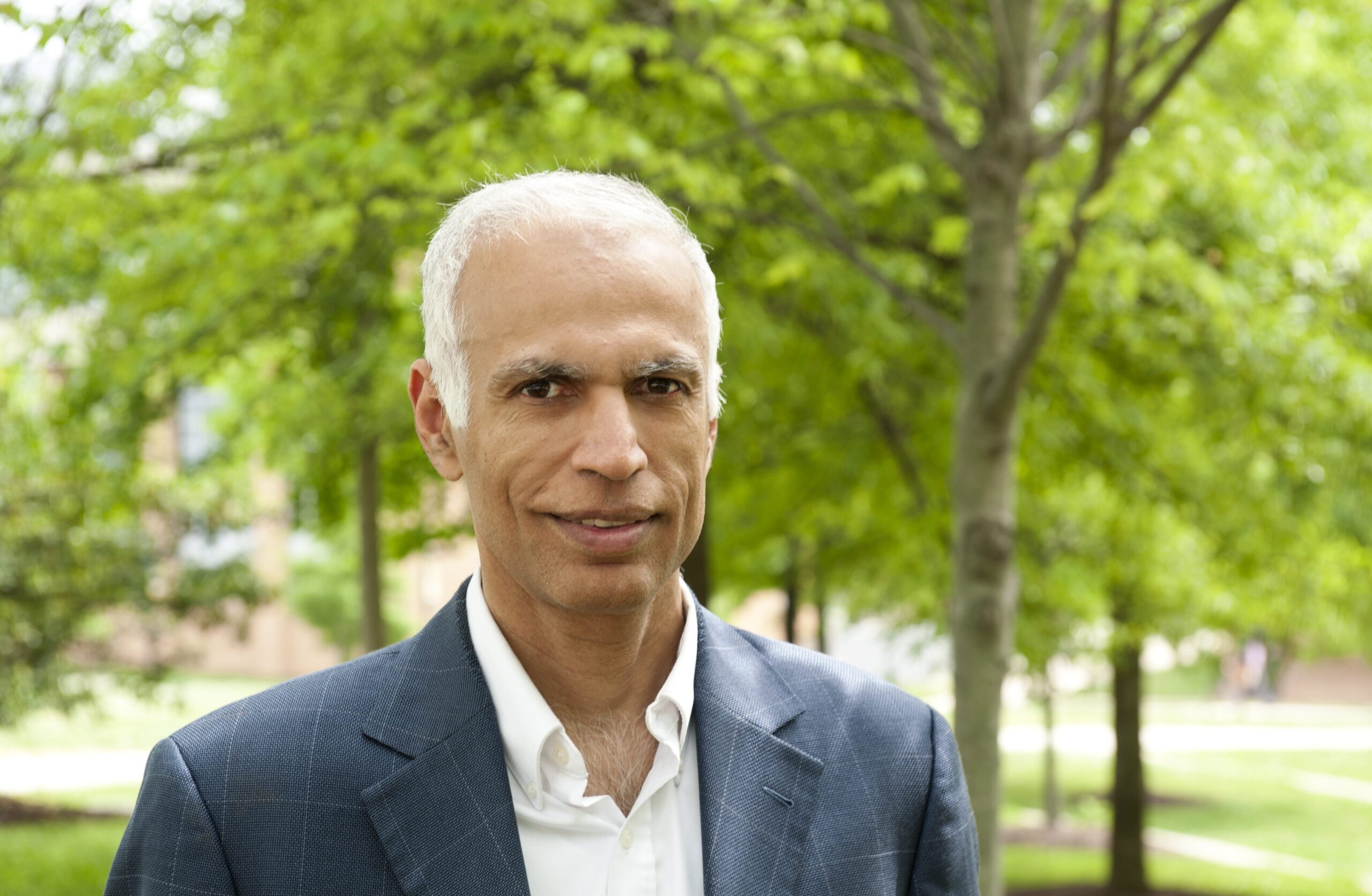“Yes, there’s no doubt about it,” says Manil Suri: Large numbers of Americans suffer from math anxiety.
Suri, professor of mathematics at UMBC, novelist, and opinion contributor to the New York Times, discussed why math anxiety arises and ways to counter it on WYPR’s On the Record.
The U.S. is ranked well below other developed nations in math proficiency among secondary students, but that doesn’t mean all students are failing, Suri says. “There will always be a cohort of students who are loving math, and there will be a cohort of students who are not that well engaged,” he says. “So let’s see how we can engage people. That’s the main thing.”
As a writer, Suri says his interactions with people in other fields, such as the arts and humanities, have helped him understand some of the problems leading to math anxiety. One of them is that students who don’t pick up math quickly are “told again and again that they are ‘arts people’ and not ‘math people,’ as if you can only do one or the other,” says Suri. “People absorb these stereotypes, and it becomes very hard to get around them.”
The way math is taught to young children, often revolving around tedious activities like times tables, may lead them to lose interest. Instead, he says, bring in fictional elements—weave math into a story. For example, he observed a class learning about infinity from a story about Rapunzel trying to get to an escape door.
It may sound like a leap to teach elementary students an abstract concept like infinity, but, Suri says, “That’s one of the questions that we all as human beings grapple with,” so it’s naturally of interest. In that classroom, Suri says, “These kids were owning the subject—they were given the tools to make math their own.”
Suri also suggests focusing more on process. “What were the steps that got you to that answer?” he asks. “Encourage people to think about different ways to approach a problem, and even if they are incorrect, get in tune with what that thought process is, and where it might fail and where it might succeed.”
Suri says that from what he’s seen, the Common Core education standards take a positive step in that direction.
Rather than constantly subjecting math lessons to the question, “When will I use this?” Suri argues that math should be experienced and enjoyed for its own sake, like the arts. One way he recommends doing that is by “getting rid of the calculations, which scare a lot of people, and really getting to the ideas.”
For example, if you start with a triangle, and sequentially add sides to it (square, pentagon, etc.), you eventually get to an infinitely-sided shape: a circle. That thought experiment has some serious math behind it, but it’s an idea that an elementary school student can visualize.
Technology can be great for visualizing math, but Suri argues that it’s a double-edged sword. “Math needs to have a component that’s reflective,” he says, and gadgets can encourage us to rush. “Where you are interacting with other people and learning from their mistakes, it can really change things,” he shares. One way communities are accomplishing that is by creating “math circles” as after school options for students.
“We need to get over the notion of math only being for nerds,” Suri says, and “make it a day-to-day activity like soccer practice.”
Listen to the entire interview, “How to Love Math” on WYPR.

